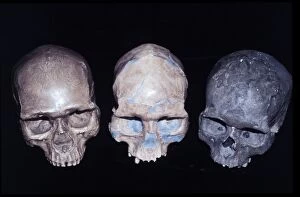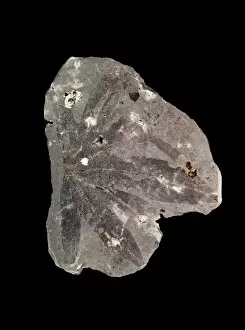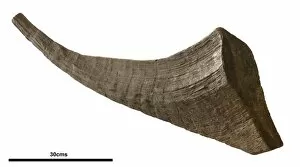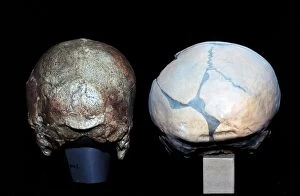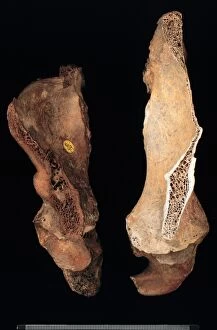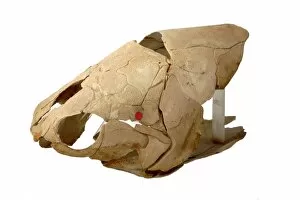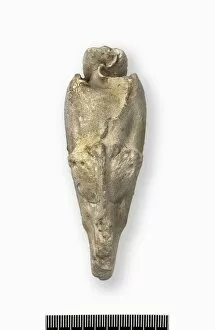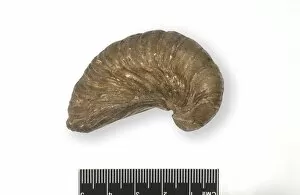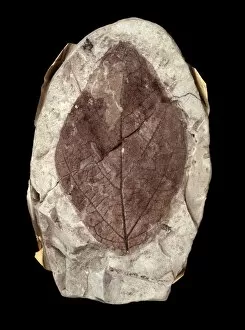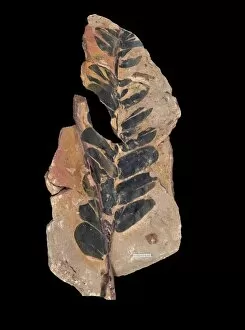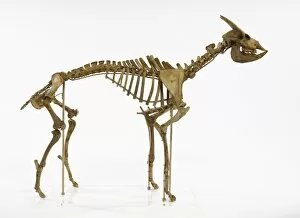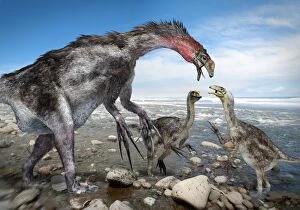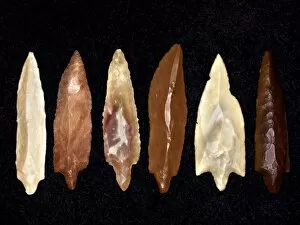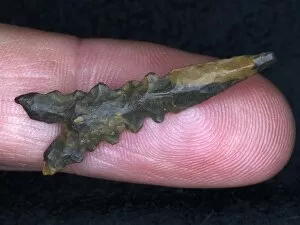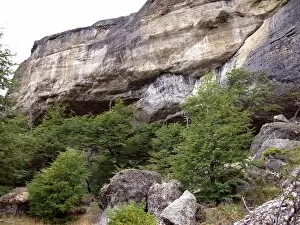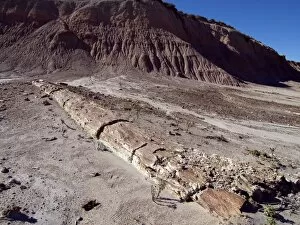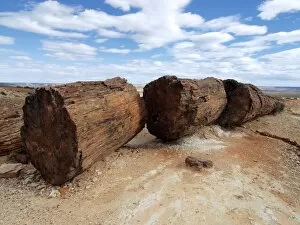Palaeontological Collection (#7)
"Unveiling the Secrets of the Past: A Palaeontological Journey" Step into a world frozen in time as we explore the fascinating realm of palaeontology
For sale as Licensed Images
Choose your image, Select your licence and Download the media
"Unveiling the Secrets of the Past: A Palaeontological Journey" Step into a world frozen in time as we explore the fascinating realm of palaeontology. From ancient cave paintings to intricate fossils, this captivating journey will transport you back millions of years. The Lascaux II cave painting replica (C013 / 7378) offers a glimpse into prehistoric artistry, showcasing the creative minds that roamed our planet long ago. Marvel at the mastery behind these depictions and imagine what life was like during those times. Intriguingly, even dinosaurs had their intimate moments. Witness the awe-inspiring sight of Tyrannosaurus rex dinosaurs mating – a rare insight into their complex social lives and reproductive behaviors. The Archaeopteryx fossil, Berlin specimen (C016 / 5071), serves as a bridge between reptiles and birds. This remarkable find sheds light on evolution's gradual process, revealing how creatures adapted over time to become airborne beings. Trilobite fossils take us further back in history, unveiling Earth's earliest inhabitants. These ancient arthropods provide valuable clues about our planet's early ecosystems and serve as reminders of life's resilience throughout millennia. Immerse yourself in an artistic interpretation of Iguanodon and Megalosaurus through stunning artwork. Transported to another era, witness these majestic creatures roaming freely before they became extinct. Gideon Mantell's groundbreaking discovery of iguanodon revolutionized our understanding of dinosaurs forever. Celebrate his contribution to palaeontology while marveling at his incredible find. Delve deeper into marine life with an up-close look at an Ammonite fossil under scanning electron microscopy (SEM). The intricate details preserved within this shell offer insights into prehistoric oceanic environments that once teemed with diverse organisms. Baryonyx dinosaur takes center stage next - its impressive claws hinting at its predatory nature.



